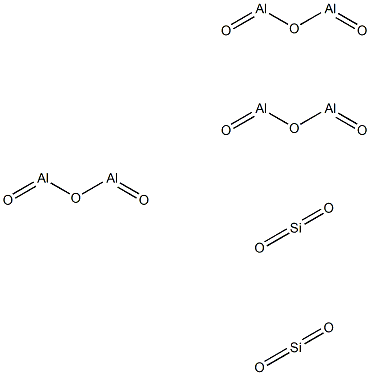Aluminosilicate fibers (commonly called refractory ceramic
fibers (RCFs) in the United States) are amorphous fibers
belonging to a class of materials termed synthetic vitreous
fibers (SVFs), also termed man-made mineral fibers or manmade
vitreous fibers. This class of materials also includes glass
wool, rock (stone) wool, slag wool, mineral wool, and specialpurpose
glass fibers. Fibers can be classified in various ways,
such as natural versus synthetic, organic versus inorganic, and
crystalline versus amorphous. Several fiber taxonomies have
been proposed.
Aluminosilicate wools (ASWs) were first invented in the
early 1940s and commercialized in the 1950s in the United
States and somewhat later in other countries. Substantial
energy price increases beginning in the 1970s increased the
economic benefits of energy conservation and the market for
these fibers.
ASWs are SVFs produced by melting (at ~1925°C)
alumina, silica, and other inorganic oxides, and then blowing
or spinning these melts into fibers. These fibers can also be
produced by melting blends of calcined kaolin, alumina, and
silica. The bulk fibers produced by this process can be used
directly for some applications, but are more commonly converted
into other physical forms, including blanket, modules
(folded blanket capable of being installed rapidly in industrial
furnaces), paper, felt, board, vacuum formed parts, textiles, and
putties or pastes. Conversion to various physical forms takes place at locations where aluminosilicate fibers are produced,
facilities operated by converters (producers of intermediate
goods) or end users. Primary manufacturing facilities for
aluminosilicate fibers are located in North and South America,
Europe, and Asia. Conversion facilities and end users are
distributed throughout the industrialized world.
